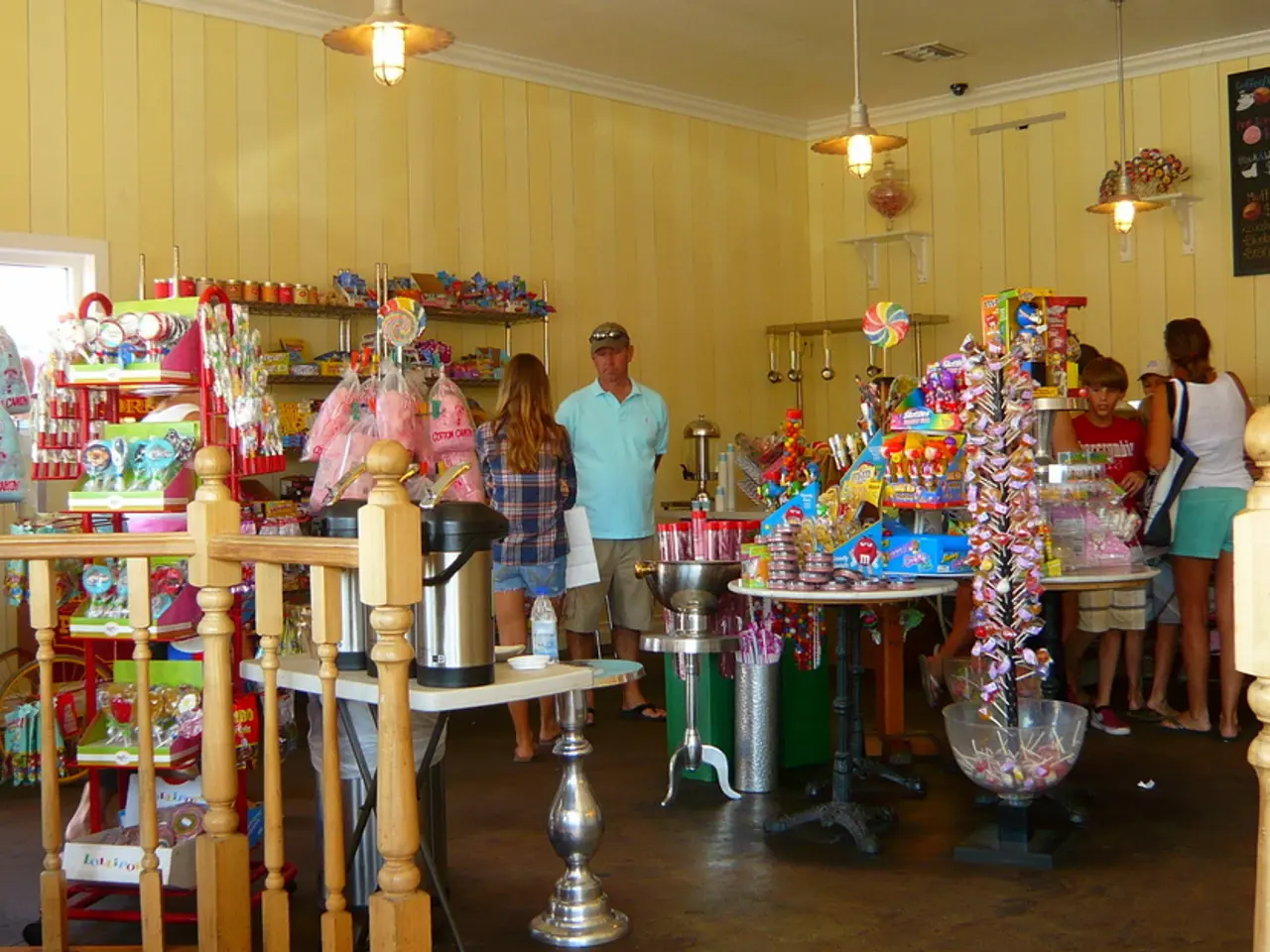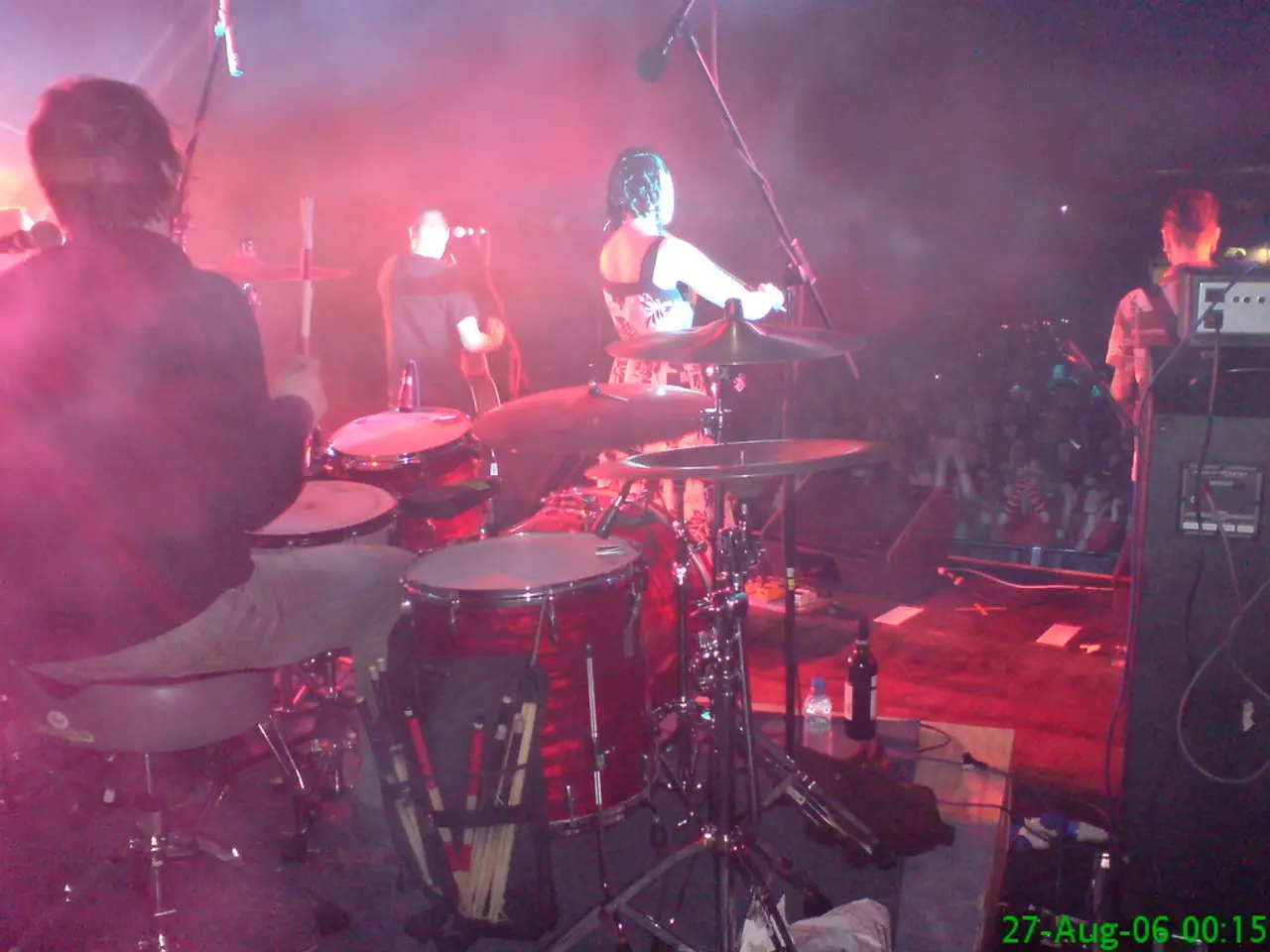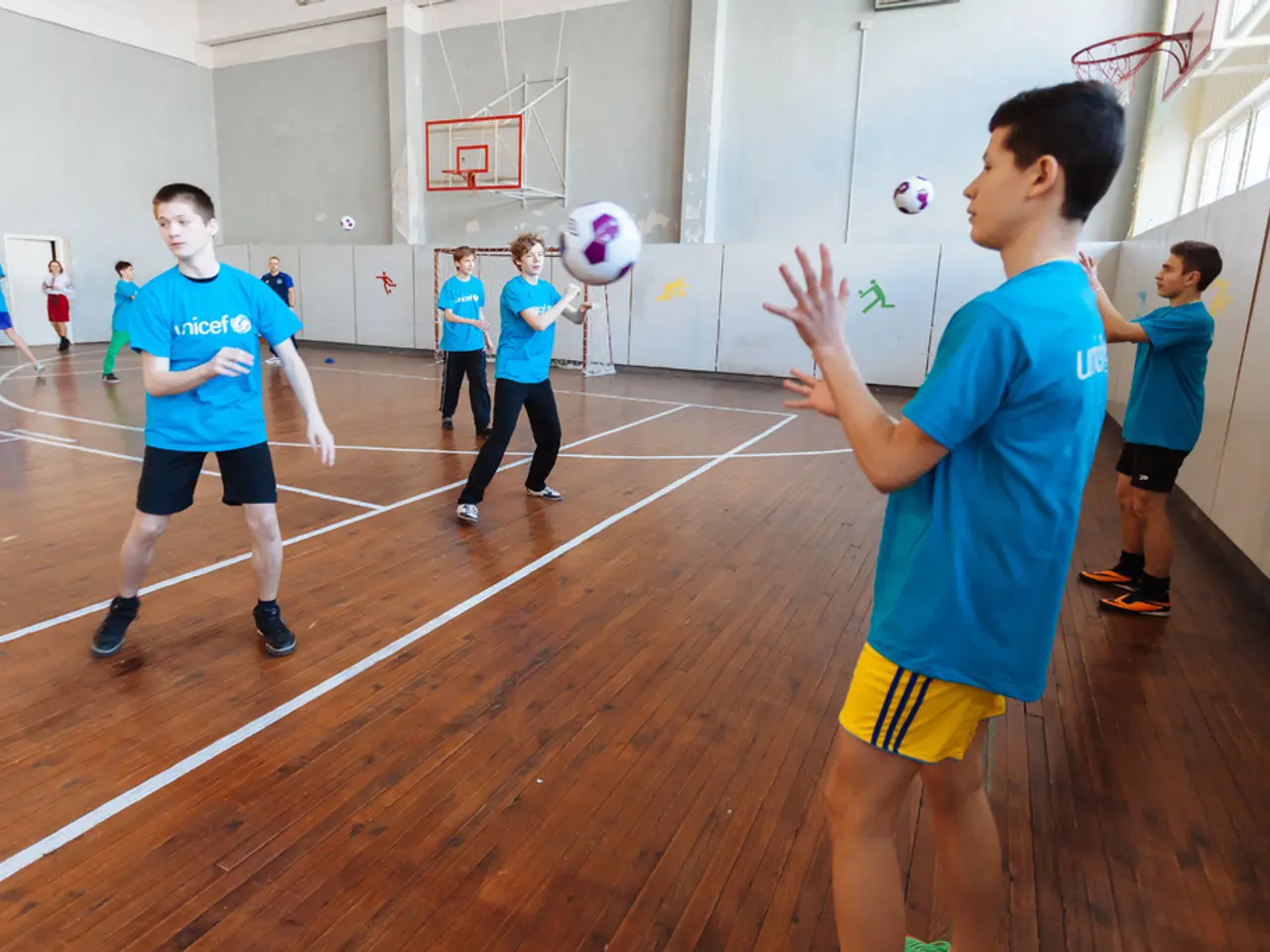Evaluation of acting prowess within film reviews, focusing on multi-talented cast members
In the world of cinema, ensemble cast performances have become a captivating focal point for both critics and audiences alike. These collaborative efforts often transcend the capabilities of a single lead, creating a rich tapestry of interconnected stories that resonate deeply with viewers.
To evaluate ensemble cast performances, consider analyzing character dynamics, scene balance, emotional resonance, consistent tone, and subtext and nuance. Scene pacing is carefully managed to give each character moments to shine while maintaining the story's momentum.
One key strategy in ensemble storytelling is character-driven narrative. Analyzing how the narrative is divided among characters and how each actor brings unique energy that enhances the overall story is essential. For example, the film "Weapons" divides its story into character-driven chapters, allowing each performer to shine and reveal different perspectives, enriching the ensemble feel.
Chemistry and authenticity are also critical, especially in intense or emotional scenes. Bonding exercises before filming, such as the "Warfare" cast shaving each other's heads, helped create real emotional connections that translated onscreen, strengthening ensemble cohesion.
Balancing individual arcs and ensemble harmony is another challenge. Each actor must develop their character fully while maintaining balance so the ensemble functions as a whole. For instance, the "Superman" film leverages the chemistry between leads Clark and Lois to elevate ensemble dynamics, giving weight to interpersonal relationships within the cast.
The rehearsal phase is crucial for harmonizing the director’s vision with the actors’ interpretations, welding the individual performances into a unified ensemble. Techniques like script reading aloud, discussing character motivations, improvisation, and blocking scenes support this integration.
Visual storytelling plays a key role in capturing ensemble performances. The collaboration of director, cinematographer, and editor (e.g., in "Weapons") can create a visual language that highlights multiple characters without overshadowing the story.
Managing different acting techniques and energies within the ensemble, avoiding dominance by one actor while ensuring all characters are engaging, and maintaining narrative clarity when juggling multiple storylines and points of view are some of the challenges that arise. Building believable group dynamics outside of the script, often requiring extensive rehearsals and off-screen bonding, is another crucial aspect.
In summary, analyzing ensemble performances involves looking beyond individual talent to how effectively the cast operates as a collective unit, supported by strong directorial vision, collaboration, rehearsal, and technical filmmaking choices that enable multiple actors to coexist compellingly on screen. Films like "The Grand Budapest Hotel" and "The Avengers" are examples of films that manage to create a harmonious blend of individual brilliance and collective synergy.
Subtle nuances, character arcs, dynamic interactions, and scene stealers are elements that underscore the exceptional talent within ensemble casts. When these elements are harmoniously aligned, the result is a rich tapestry of interconnected stories that resonate deeply with viewers. Distinct yet complementary arcs are developed for each character, ensuring their personal journeys contribute to the overarching narrative. A cohesive ensemble will have actors who complement each other's tone, whether it's comedic, dramatic, or a blend of genres. In the realm of ensemble casts, it's often the intricate interplay between characters that brings a film to life, allowing individual brilliance to shine within the collective narrative.
Filmmakers often craft interconnected plots that allow characters to naturally intersect and influence each other. Key elements of successful character synergy include balanced screen time, complementary traits, conflict and resolution, and emotional connectivity. Observing the emotional depth and connectivity each actor brings to their role is crucial in evaluating ensemble cast performances. Collective excellence is often built on individual brilliance in ensemble casts.
- Critics and viewers alike have been captivated by ensemble cast performances in cinema, as they create a rich tapestry of interconnected stories.
- Scene pacing is carefully managed in ensemble storytelling to give each character moments to shine while maintaining the story's momentum.
- One key strategy in ensemble storytelling is character-driven narrative, where it's essential to analyze the narrative division among characters and the unique energy each actor brings to the story.
- Chemistry and authenticity are crucial, especially in intense or emotional scenes, as bonding exercises help create real emotional connections that translate on screen.
- Balancing individual arcs and ensemble harmony is another challenge, and directors must ensure that each actor develops their character fully while maintaining a cohesive ensemble.
- Rehearsals are vital for harmonizing the director's vision with the actors' interpretations, supporting the integration of individual performances into a unified ensemble.







